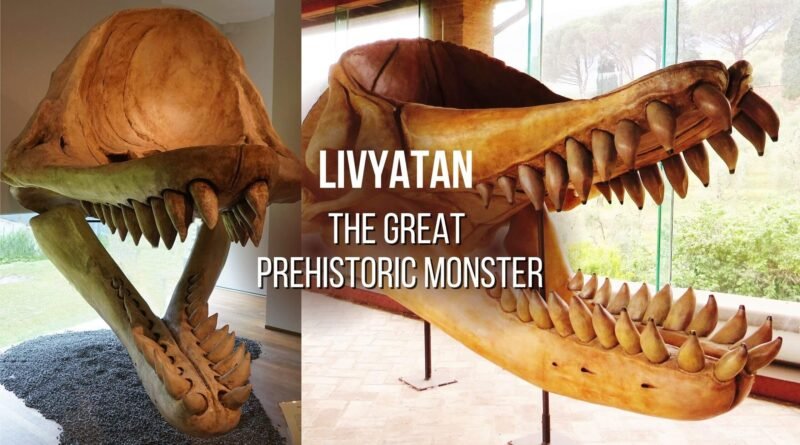Livyatan Melvillei – the great prehistoric monster
Even if you don’t consider yourself a religious person, you’ve probably heard the word ‘leviathan’. Yes, that’s it, what the Bible calls a sea monster. It also appears as a monster in Phoenician mythology. In literature, Herman Melville makes the leviathan one of the great fears in his epic Moby Dick’s book. Though in this article we are going to talk about a real monster, with scientific proof of its existence. Due to its ferocity and enormous size, it receives a name derived from the leviathan, the Livyatan Melvillei. Let’s meet it. Enjoy the reading and have fun!
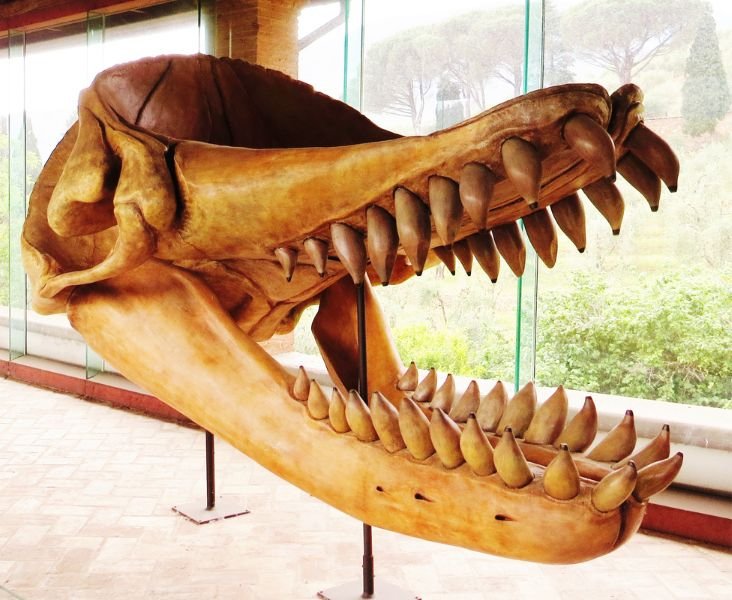
Discovery
Fossil remains of a huge marine creature were found in 2008 near Ica, Peru. The discovery was made by the researcher of the Royal Belgian Institute of Natural Sciences, Olivier Lambert. He found preserved parts of the skull, with jaw and teeth. Later, in 2010, he named the species Livyatan Melvillei. Of course, referring to the biblical and mythological monster and honoring the Mobi Dick writer Herman Melvillei.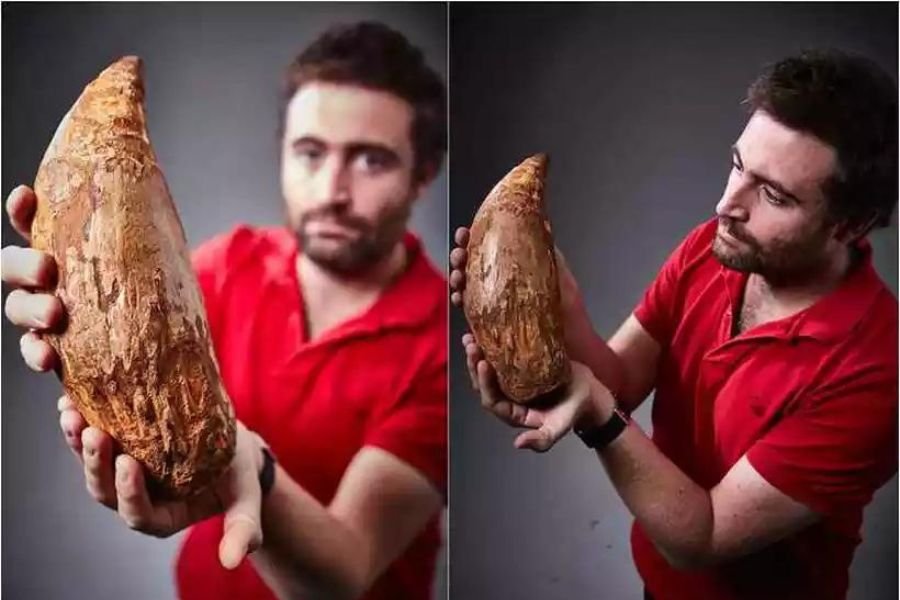
Appearance
The Livyatan Melvillei is an extinct cetacean type, or what we might call a “toothed whale”. This creature, very similar to today’s sperm whale, could measure 57 feet and weigh around 40 tons. A tooth from this animal was found in Australia, near Melbourne, in 2016. It measured a foot, even larger than the Megalodon’s teeth.
Its skull measures about 10 feet and is the only part ever found by paleontologists and researchers. Therefore, it is impossible to accurately state the physical characteristics of the rest of the body. However, it is possible to state that the animal is one of the first ancestors of the sperm whale (Physeter macrocephalus). One of the main differences with the modern sperm whale is that it had massive, deeply rooted teeth in the upper jaw. Also, it had a wide, short snout. The sperm whale of our era, on the other hand, has a snout that is not as wide, but quite long, in addition to having no upper teeth.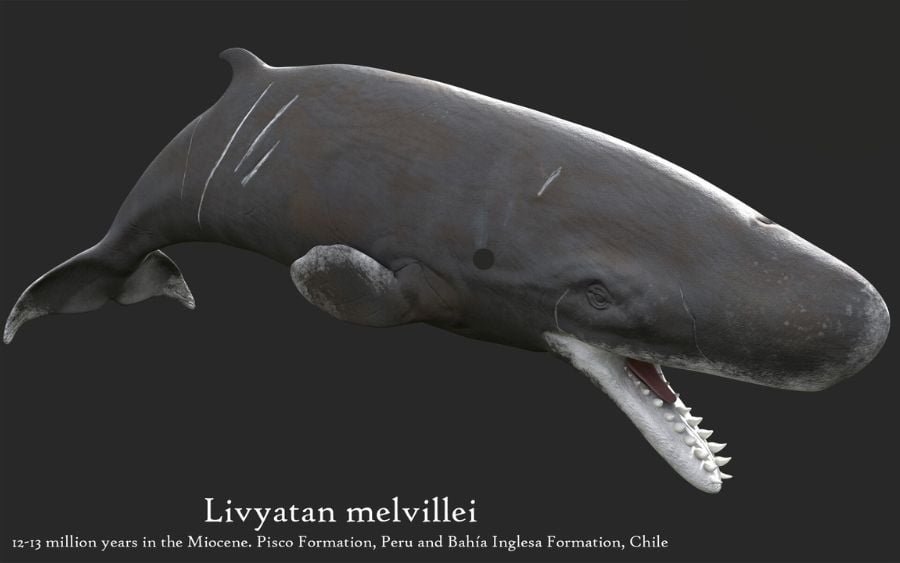
Food
Contrary to what many whales do, the Livyatan Melvillei did not feed on plankton. It liked the meat of other smaller whales, dolphins, iguanas and seals. This creature dominated the food chain at the time, along with the also great prehistoric shark Megalodon. By way of comparison, a Megalodon tooth was about 7 inches long versus a Livyatan tooth over a foot.
When it lived and extinction
This prehistoric relative of the sperm whale, Livyatan Melvillei, lived in the Miocene epoch, about 9 to 13 million years ago, in the southwest Pacific Ocean. Due to the small number of fossils found so far, it is not known exactly how long it still survived after the Miocene epoch. It is speculated that it became extinct due to the decrease in its food (smaller whales, dolphins, and seals) because of the climate changes in the oceans.
Echolocation
Echolocation works as follows: animals emit high-frequency sounds, not perceptible to humans. These sounds “hit” prey or other obstacles and produce an echo that will be perceived by the animal that emitted them. In this way, these animals can draw a kind of map and sense the environment in which they are. This is how dolphins and killer whales locate themselves, for example using echolocation.
The fossil skull discovered by Lambert in 2008 has a curved bowl at the top. This suggests that Livyatan Melvillei had the spermaceti organ and, like its modern cetacean relatives, it also used it for echolocation and communication. Researchers and specialists suggest that the prehistoric sperm whale may have used the spermaceti organ to control many things. Like its deep dives, fluctuation, and shock absorber in headbutt disputes between males of the species.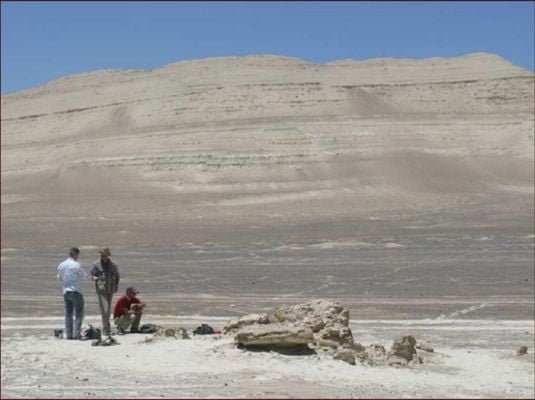
Place of discovery
Peru’s coastal desert of Pisco-Ica, about 300km south of Lima, is dry, devoid of vegetation and “a fantastic area to find Miocene animals”, says Lambert. “The diversity of fossils is enormous.” During the Miocene (23 million to 5 million years ago), the area was a shallow lagoon. “When a vertebrate carcass fell to the bottom, it was partially buried in thick sediment and quickly covered by diatoms. Fast burial is excellent for preservation; there are even some whales with preserved fins; this is a very rare degree of preservation.”
Curiosities

# Name
When Livyatan Melvillei was discovered it was just named Leviathan. However, this name already existed and had been given to another animal. A mastodon, described by Albert Kock, in 1841. According to the rules of the International Code of Zoological Nomenclature (ICZN) homonymy (more than one genus, of the same species or not, with the same name) is not allowed. When this happens, the second becomes invalid. And that’s how Leviathan came to be called Livyatan (modified spelling of leviathan) Melvillei (Moby Dick book author’s last name).
# Mouth
Livyatan Melvillei’s mouth measures six feet long and around five feet wide. That’s three times the size of an Orca’s mouth. For this prehistoric sperm whale, snapping up a human being would be no problem. Its mouth is also large enough to fit the entire head of a Tyrannosaurus rex.
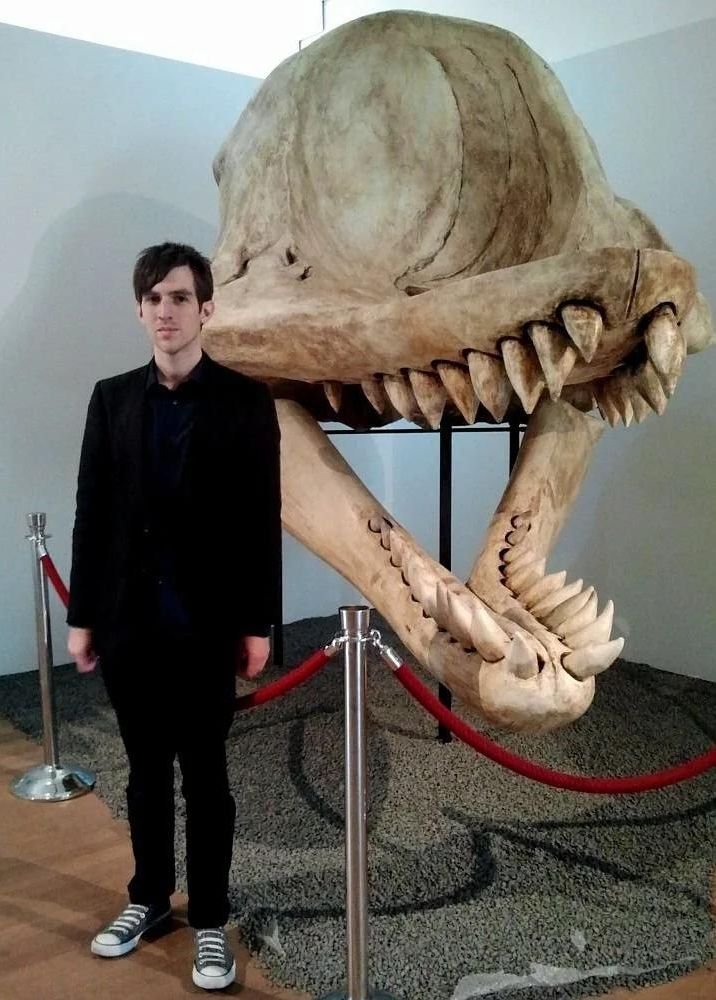
Conclusion
There is still much to learn about the prehistoric world, its fauna and flora, and the Livyatan Melvillei is no different. There are very few fossils found and therefore little evidence of their behavior and life. Paleontology is tireless and we know that it will never give up its search for new specimens, new fossils, and discoveries. Therefore, we hope that soon we can learn more about this amazing monster of the seas.
Did you enjoy the reading? Leave your comment below and follow us! ♥

